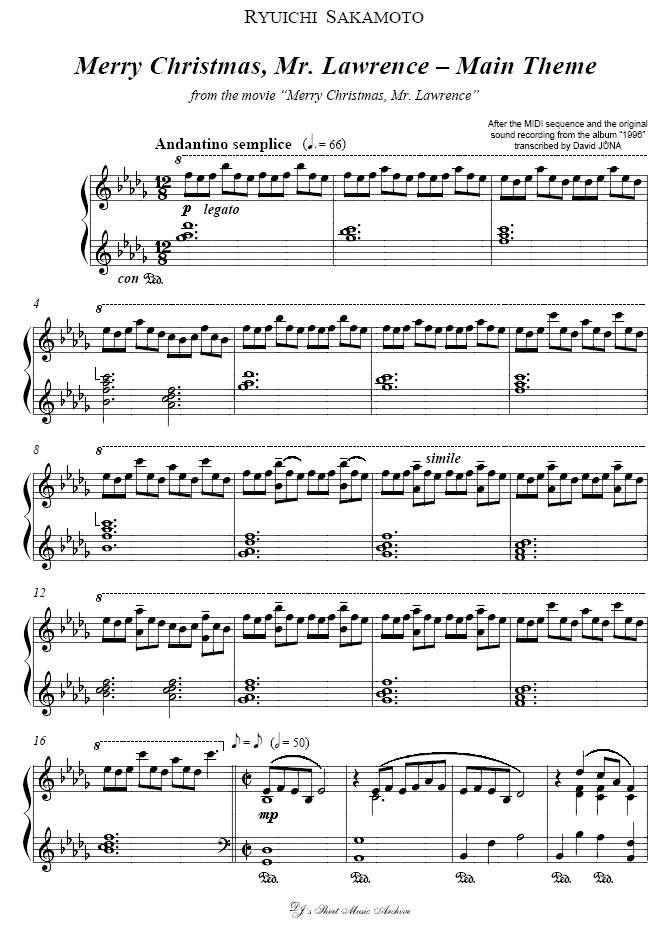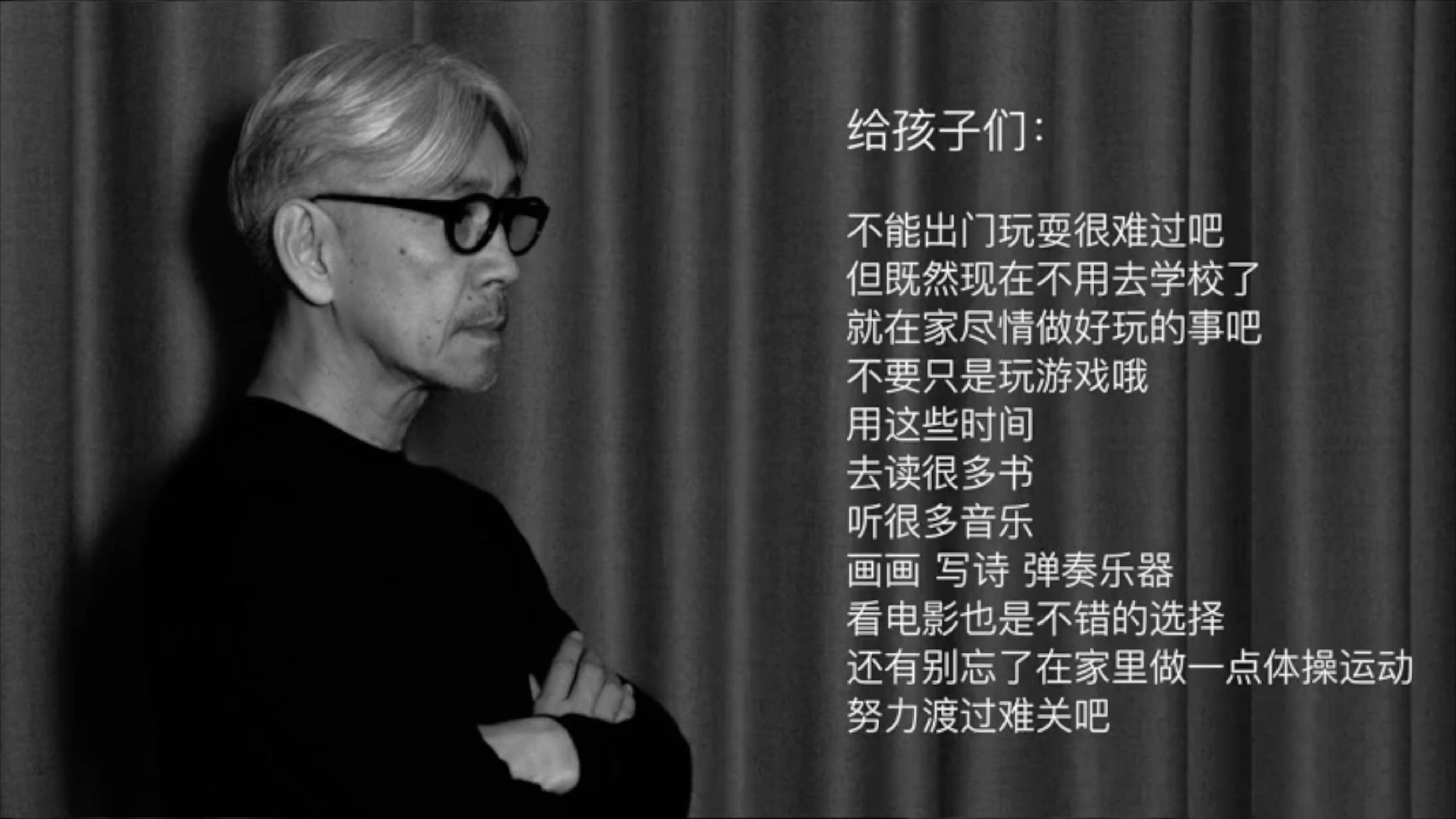

The mouth harp’s peculiar vibrations decay at more or less the same rate as a piano’s notes, so the track’s mid-album position offers a palate cleanser within the stream of familiar sounds. releases, uses a mouth harp to bring to life a microscopic world of sound. With 18 tracks, it combines the 1999 Japanese release with two cuts from the 2000 stateside version: the ad-soundtrack-turned-hit-single “Energy Flow” and a beautifully looping closer called “Reversing.” At odds with much of the plaintive piano playing, “Do Bacteria Sleep,” omitted from European and U.S. This new 20th-anniversary edition feels like Sakamoto’s director’s cut. versions did away with some experimental tracks to make room for more commercial offerings. First released in Japan in November 1998 with 14 tracks, it was reissued just four months later with the addition of the somber “Snake Eyes” and a four-handed piano version of the 1979 song “Tong Poo,” from Sakamoto’s hugely influential Yellow Magic Orchestra. To be fair, the album’s form was fluid from the start. In BTTB’s case, the weirder, more prescient, and occasionally humorous moments have been washed from the public record. Memory, however, has a tendency to behave like water-one minute flooding the senses, the next smoothing away details. The little tune eventually grew into “Opus,” the opening track of Sakamoto’s mid-career solo piano album, BTTB.īTTB, an acronym for “Back to the Basics,” has generally been remembered as homage: Sakamoto doing Satie, painting impressionistic scenes to speak to the subconscious. Amid the stress of busy city streets, the melody harbored a yearning for the reflective pleasures and possibilities of meandering. At the time, Japan was still in the grips of “The Lost Decade,” a period of economic downturn following the inflated tech optimism and conspicuous consumption of the 1980s. A melody had popped into his head while he was driving during the standstill, he called home and sang it into his answering machine, he remembers.


Sometime in the late 1990s, Japanese composer Ryuichi Sakamoto was stuck in a Tokyo traffic jam.


 0 kommentar(er)
0 kommentar(er)
